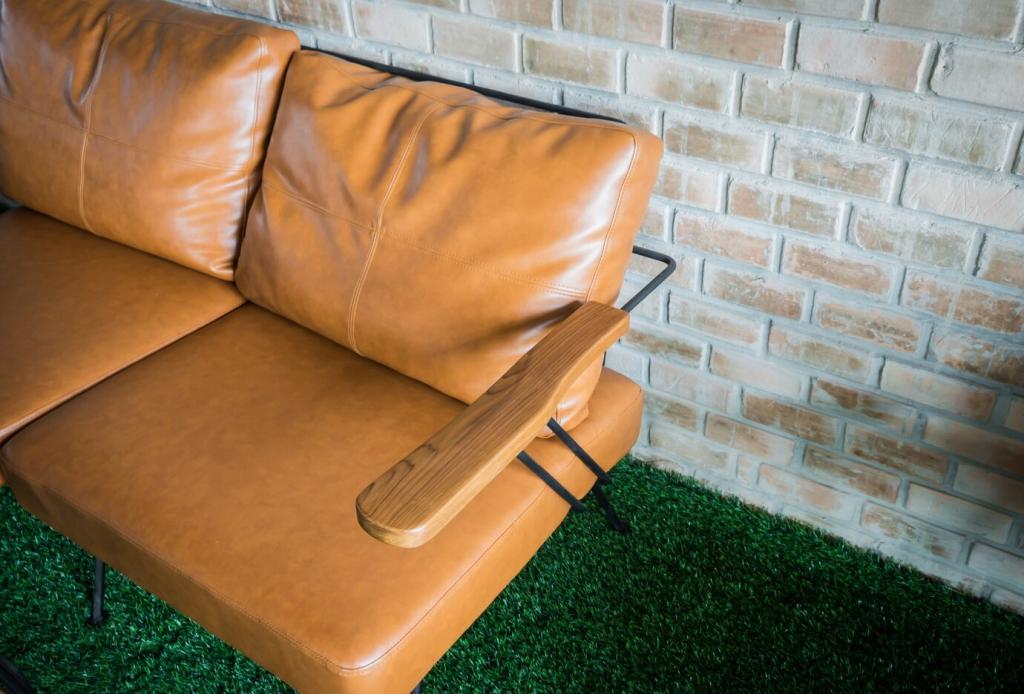Chosen theme: Choosing the Right Covers for Outdoor Pieces. Protect what you love outdoors with confidence, comfort, and style. Today we’ll explore fit, materials, climate tips, and care—so your furniture, grill, and garden accents look great longer. Join the conversation in the comments and subscribe for more outdoor care inspiration!
Why Protective Covers Matter All Year Round
From Sun to Storm: Everyday Armor
Quality covers block harsh UV rays that fade finishes, shed rain that swells wood, and shield from dust that scratches surfaces. Share your toughest weather challenge below and tell us which piece you’re protecting first.
A Small Habit, Big Savings
Replacing ruined cushions or refinishing wood costs far more than a well-chosen cover. Think of covers as preventive care—like sunscreen for your patio. Want budget tips? Subscribe for our seasonal checklists.
A Quick Story: The Unexpected Squall
Last spring, a surprise storm drenched our street. My neighbor’s uncovered wicker sagged; ours stayed dry under vented covers. That one choice saved a weekend of repairs and a season of frustration.
Measure First: Fit That Protects, Not Suffocates
How to Measure Like a Pro
Use a rigid tape. Note widest points, including arms and rolled edges. Record height from ground to tallest point. Add a little allowance for drape and airflow, then compare with manufacturer sizing charts.
Avoid the Too-Tight Trap
Tight covers trap moisture and abrade edges. Aim for a tailored but relaxed fit that allows air to circulate. Vented panels help prevent condensation, mildew, and odors—especially after summer showers.
Wind, Corners, and Real-Life Fit
Wind finds weak spots. Choose covers with elastic hems and adjustable straps at corners. Share your patio layout in the comments, and we’ll suggest anchor points to keep everything secure.
Lightweight, strong, and often UV-treated, coated polyester sheds water well. Look for high denier counts and colorfast finishes. Vents offset reduced breathability from coatings, especially in humid regions.



Smart Features: Vents, Straps, Seams, and Linings
Look for covered mesh vents placed high to exhaust humid air while blocking rain. Proper venting reduces condensation, discourages mildew, and helps keep wooden slats and cushions fresher between uses.
Smart Features: Vents, Straps, Seams, and Linings
Adjustable buckle straps at legs, elastic hems, and drawcords create a snug, wind-defying fit. Reinforced corners reduce wear. Tell us how gusty your area gets, and we’ll suggest the best anchor combo.
Match the Cover to Your Climate
Choose corrosion-resistant hardware, UV-stable fabrics, and easy-rinse surfaces. Regularly hose off salt and sand. Share your shoreline distance and we’ll recommend maintenance intervals that actually fit your week.
Match the Cover to Your Climate
Prioritize solution-dyed, UV-stabilized materials with high colorfast ratings. Lighter colors reflect heat. Venting remains essential because day-night temperature swings can drive sneaky condensation.
Match the Cover to Your Climate
Look for cold-crack ratings, reinforced panels, and sloped designs that shed snow. Avoid pooling by using support poles. Tell us your average snowfall for a tailored cover thickness recommendation.
Color That Stays True
Solution-dyed fabrics hold color longer under sun exposure. Neutrals blend beautifully, while deeper tones hide stains. Comment with your palette, and we’ll suggest shades that harmonize with your patio.
Custom vs. Standard Sizing
Standard covers are affordable and quick; custom fits follow complex shapes perfectly. For irregular sectionals or sculptural pieces, custom saves daily hassle and looks far more intentional outdoors.
Care, Storage, and Long-Term Value
Cleaning Made Simple
Brush off debris, sponge with mild soap, and rinse well. Let covers dry completely before replacing. Harsh detergents strip coatings—go gentle to preserve water resistance and fabric integrity.
Smart Off-Season Storage
Fold dry covers loosely and store in a breathable bag, off the floor. Avoid damp basements. Label by piece to speed spring setup. Subscribe for our printable storage checklist and reminders.
Repairs, Warranties, and When to Upgrade
Patch small tears early and re-seal seams if needed. Read warranties for UV and waterproofing coverage. When coatings fail repeatedly, upgrading often costs less than constant fixes.
